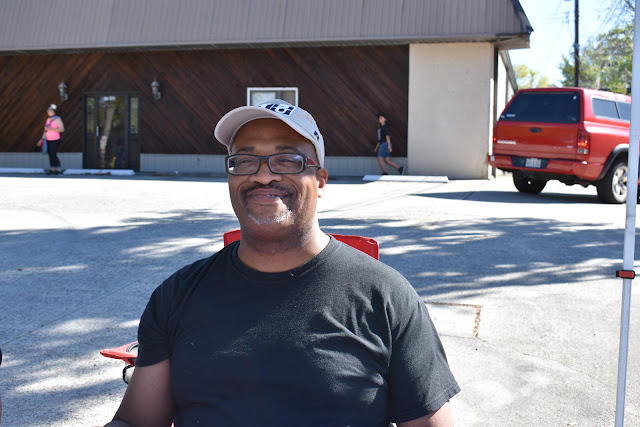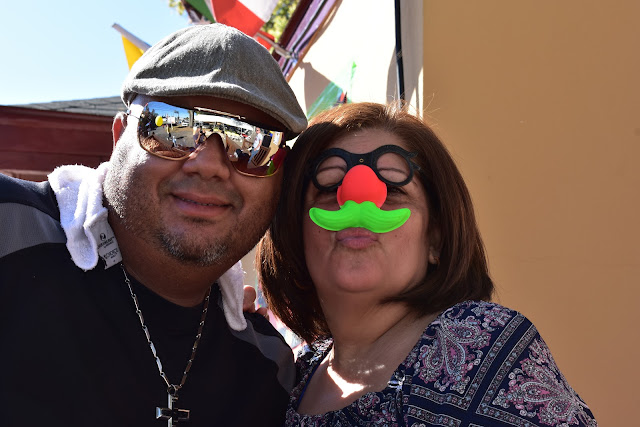SPOILER ALERT FOR
BOTH THE MOVIE AND THE BOOK
Killers of the
Flower Moon
by Alford Kerry
Hardy
Mostly, this short article gives a brief description of things
from the book, Killers of the Flower Moon by David Grann, that I had hoped to
see in the movie.
Prior to the movie, I read A Pipe for February by Charles
H. Red Corn then Killers of the Flower Moon. After reading those books,
I watched the Cannes Film Festival interview with Lily Gladstone, Martin Scorsese,
Robert De Niro, Leonardo DiCaprio, and Geoffrey Standing Bear, Principal Chief of
the Osage Nation. Though I knew how the book ended, I tried to stay away from
discovering exactly how the movie would end.
The movie was powerful. The roles were demanding. The
opening nod to A Pipe for February was very nice to see. Ms. Gladstone (Mollie) had fewer main
character lines, comparatively. Of which, through non-verbal expression and
fewer words, she delivered an impactful performance. DiCaprio’s portrayal of Ernest
Burkhardt – I’m conflicted about it; maybe that was the point of the role. De Niro
didn’t settle with portraying William Hale as just a deceiving person. He went
into deep guile hidden beneath comforting words and actions embraced as
sympathetic by his victims and their families. Casting on some of the key minor
characters is great for me.
About those book passages, I had hoped to see in the movie,
and why I think they are important:
- The ending of the movie may have given the audience the impression that FBI Agent Tom White solved all the murders through the investigation and prosecution of a few. Killers of the Flower Moon (David Grann) went well beyond that in his book. The following is based on pages 229 through 291, mostly.
o
The book goes deeper into the culture of the conspiracies
to commit murders for the purpose of stealing generational wealth from Osage
families. Conspirators did this to create or increase their own families’
generational wealth. Upstanding people, who held moral high ground in the community,
created the murderous modus operandi. It became a culture adopted and
protected by other upstanding community figures using known criminals who could
did pay the price for what they orchestrated. That culture left so many without
answers to what happened to their loved ones when answers were available at the
time. For me, the book makes this clear.
The movie, not so much.
o
Most of the murders were never solved with
little chance that they will ever be.
o
The estimated death toll was in the scores, maybe
hundreds. Jesse Plemons’ character, Tom White, dialogue did fit in the score
category.
o
The book brings out the “web of silence” needed
to initiate and sustain the financial part of the conspiracy. Guardians didn’t
seem to have many rules. Afterall, they were noted business and religious men
in society with the implication of some women as well.
- The book helps readers understand the oil revenues generated instead of just headrights due to Lizzie, Mollie’s mother. Granted, those “smaller sums” were and when future valued, still are a lot of money.
o
For
example, in 1923, 1 tract lease was sold for $2M (page 76). The 2023 value, $30M
- $36M (Smart Asset, CPI Inflation Calculator)
o
The Guardianship System (pages 79, 80) was a
system of oppression that perpetuated supremacy, and as a minimum, was used as
a tool to sustain many conspiracies to commit murder. Read the law on which
that system was based here.
o
Though Mollie was born December 1886. She went to a school that offered geography,
arithmetic, and piano all in English. The implications are that she was better
educated than William Hale. Yet, she was
considered incompetent, not vacated in 1931, after her 45th birthday.
(page 229).
In closing, there are 3 areas in which I would like to
explore more. Maybe someone reading this can point me to more original laws, court
documents, letters, or documented interviews.
- What was the process of determining competency?
- Who successfully challenged their competency and are files available?
- What are a few of the many outcomes of tying control of a person’s fortune based on how Indigenous blood flows through one’s body?































